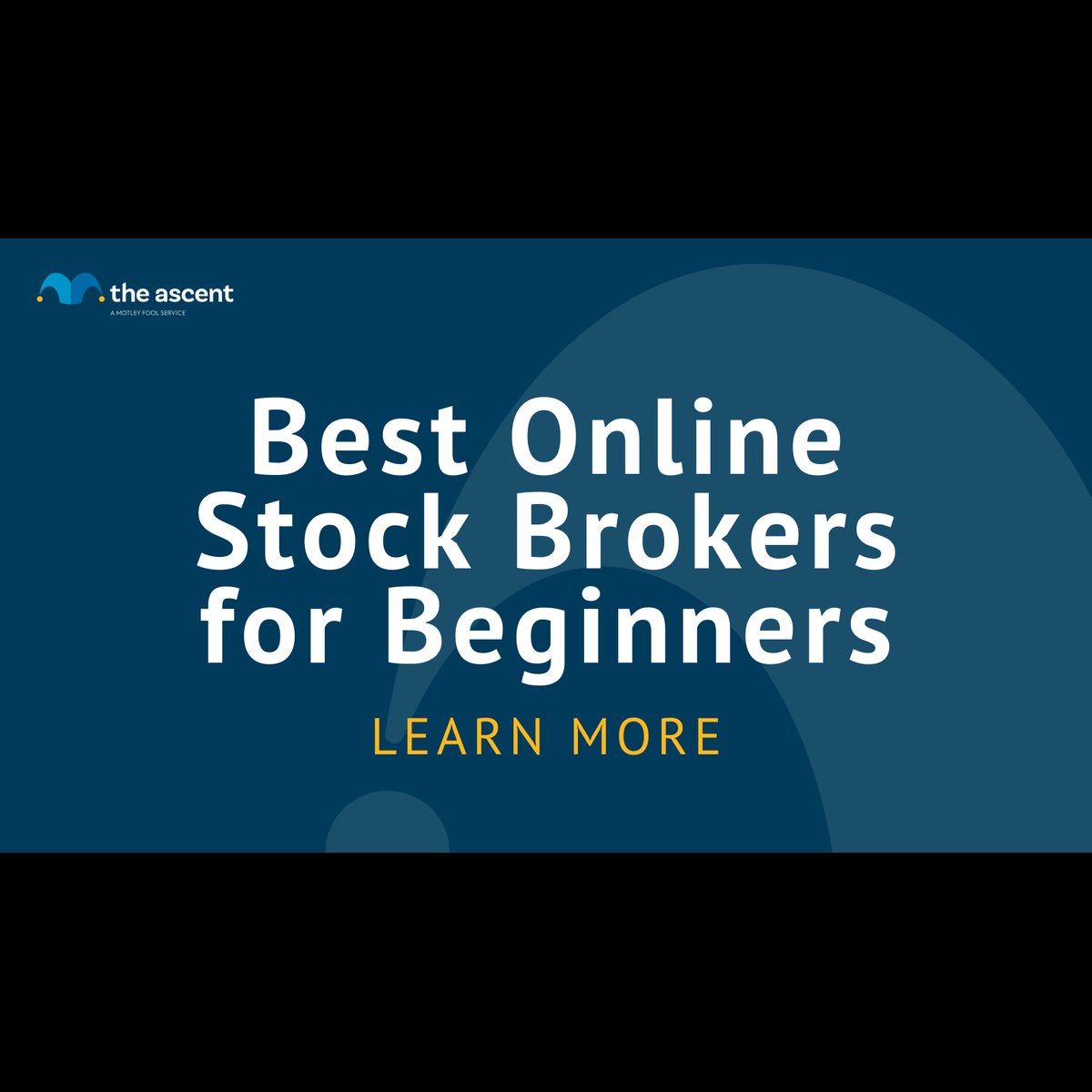
E-mini contracts could be a suitable option for traders looking for investment in the S&P 500. These contracts have lower margins and are comparable to full-sized options contracts. E-minis make a great tool for individual traders.
E-minis were introduced in 1997 by Chicago Mercantile Exchange. E-minis are a way to make futures trades more affordable for small investors and traders. The E-mini contract is currently one-fifth of the standard S&P futures contracts. E-mini contracts are a good option for traders who don't have enough capital to buy full-sized contracts. E-minis can also be used to spread trade.
E-minis are available in two versions, Micro E-mini and Regular E-mini. The Micro E-mini is one-tenth the size of the regular contract, and has a multiplier of $5. The Micro E-mini can be traded on a mobile trading platform. The Schwab StreetSmartCentral Platform allows traders to access the Micro E-mini. The contract can traded six times a week. This is a benefit for individual traders who might not have the time or the desire to trade.

The Micro E-mini S&P is an ideal investment tool for investors who want to invest in the S&P 500 but have limited capital. The Micro E-mini's price is $5 per Point Change and the contract is open for trading all day. Micro Emini S&P was created to lower the entry barriers for traders. It's a great tool for investors who want the ability to hedge their positions or manage stock allocation risk.
Trades on the Emini market should be guided by a clear goal. The traders should have a plan to help them reach their goal, including their stop loss and their target position. A good plan can help traders stick to their goals, and they can avoid losing money. E-mini trading comes with many risks. There are still many opportunities to make some money. If a trade goes well, investors can opt to terminate the trade. They have the option of trying another strategy if the trade is not going according to plan.
CME Group introduced the Micro E-mini S&P in May 2019. This contract allows investors to take positions in the big four U.S. indexes: the S&P 500, the NASDAQ 100, the Russell 2000, and the Dow Jones Industrial Average. You can also choose weekly expirations for Wednesday or Friday.
E-mini market traders have many options to make money. These strategies can be time-consuming and take patience. To be successful, they also need to have a competitive edge. Mentors are also important for traders. They can help develop their discipline. A plan should be developed and followed. Traders should also aim for two wins per trade. If they fail, they have the option to quit.

You can trade the Emini by creating a plan that will include your stop loss, your target position, and your entry. A solid plan must be consistent until your goal is achieved.
FAQ
What is security in the stock market?
Security is an asset that generates income. Shares in companies are the most popular type of security.
There are many types of securities that a company can issue, such as common stocks, preferred stocks and bonds.
The earnings per shared (EPS) as well dividends paid determine the value of the share.
A share is a piece of the business that you own and you have a claim to future profits. If the company pays a dividend, you receive money from the company.
Your shares can be sold at any time.
Why are marketable securities important?
An investment company's primary purpose is to earn income from investments. This is done by investing in different types of financial instruments, such as bonds and stocks. These securities offer investors attractive characteristics. These securities may be considered safe as they are backed fully by the faith and credit of their issuer. They pay dividends, interest or both and offer growth potential and/or tax advantages.
It is important to know whether a security is "marketable". This is the ease at which the security can traded on the stock trade. Securities that are not marketable cannot be bought and sold freely but must be acquired through a broker who charges a commission for doing so.
Marketable securities include common stocks, preferred stocks, common stock, convertible debentures and unit trusts.
These securities are preferred by investment companies as they offer higher returns than more risky securities such as equities (shares).
What's the difference among marketable and unmarketable securities, exactly?
The main differences are that non-marketable securities have less liquidity, lower trading volumes, and higher transaction costs. Marketable securities can be traded on exchanges. They have more liquidity and trade volume. You also get better price discovery since they trade all the time. However, there are many exceptions to this rule. For instance, mutual funds may not be traded on public markets because they are only accessible to institutional investors.
Marketable securities are more risky than non-marketable securities. They generally have lower yields, and require greater initial capital deposits. Marketable securities are typically safer and easier to handle than nonmarketable ones.
A bond issued by large corporations has a higher likelihood of being repaid than one issued by small businesses. This is because the former may have a strong balance sheet, while the latter might not.
Marketable securities are preferred by investment companies because they offer higher portfolio returns.
Statistics
- Our focus on Main Street investors reflects the fact that American households own $38 trillion worth of equities, more than 59 percent of the U.S. equity market either directly or indirectly through mutual funds, retirement accounts, and other investments. (sec.gov)
- US resident who opens a new IBKR Pro individual or joint account receives a 0.25% rate reduction on margin loans. (nerdwallet.com)
- Even if you find talent for trading stocks, allocating more than 10% of your portfolio to an individual stock can expose your savings to too much volatility. (nerdwallet.com)
- For instance, an individual or entity that owns 100,000 shares of a company with one million outstanding shares would have a 10% ownership stake. (investopedia.com)
External Links
How To
How to invest in the stock market online
One way to make money is by investing in stocks. There are many methods to invest in stocks. These include mutual funds or exchange-traded fund (ETFs), hedge money, and others. The best investment strategy depends on your risk tolerance, financial goals, personal investment style, and overall knowledge of the markets.
First, you need to understand how the stock exchange works in order to succeed. This includes understanding the different investment options, their risks and the potential benefits. Once you are clear about what you want, you can then start to determine which type of investment is best for you.
There are three main types: fixed income, equity, or alternatives. Equity is the ownership of shares in companies. Fixed income refers to debt instruments such as bonds and treasury notes. Alternatives are commodities, real estate, private capital, and venture capital. Each category comes with its own pros, and you have to choose which one you like best.
Once you figure out what kind of investment you want, there are two broad strategies you can use. One is called "buy and hold." You buy some amount of the security, and you don't sell any of it until you retire or die. Diversification refers to buying multiple securities from different categories. If you purchased 10% of Apple or Microsoft, and General Motors respectively, you could diversify your portfolio into three different industries. Multiplying your investments will give you more exposure to many sectors of the economy. You can protect yourself against losses in one sector by still owning something in the other sector.
Another key factor when choosing an investment is risk management. Risk management will allow you to manage volatility in the portfolio. A low-risk fund could be a good option if you are willing to accept a 1% chance. On the other hand, if you were willing to accept a 5% risk, you could choose a higher-risk fund.
Learn how to manage money to be a successful investor. A plan is essential to managing your money. Your short-term, medium-term, and long-term goals should all be covered in a good plan. You must stick to your plan. Don't get distracted with market fluctuations. You will watch your wealth grow if your plan is followed.